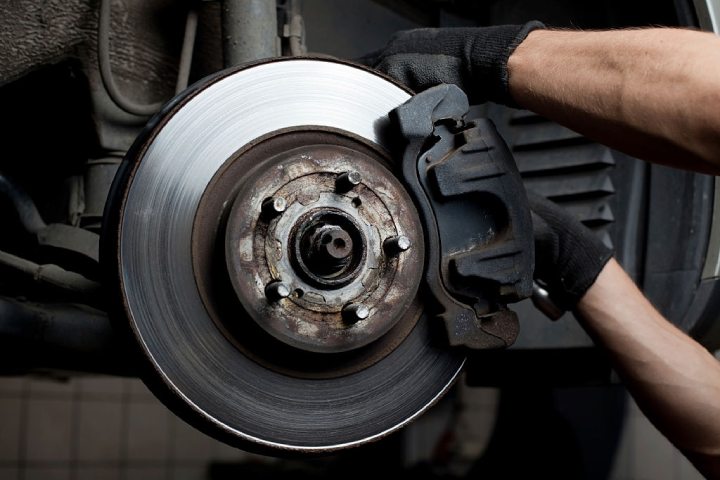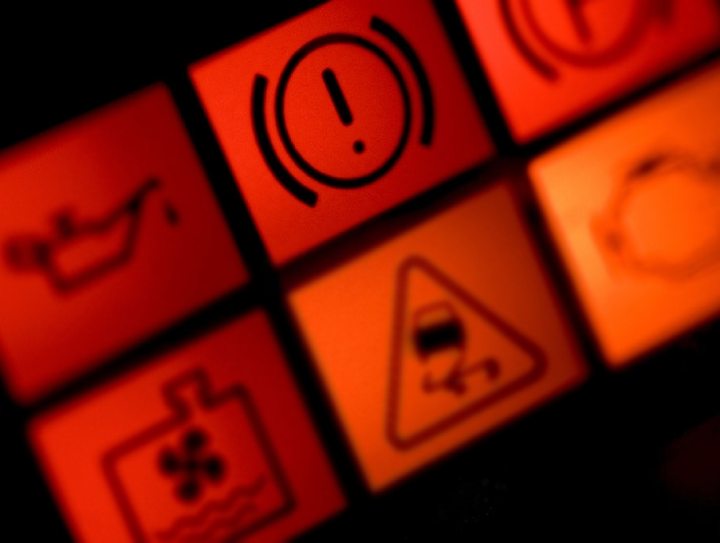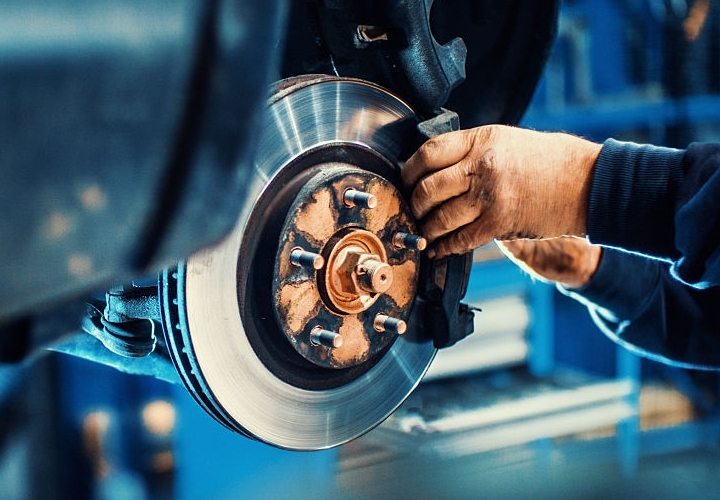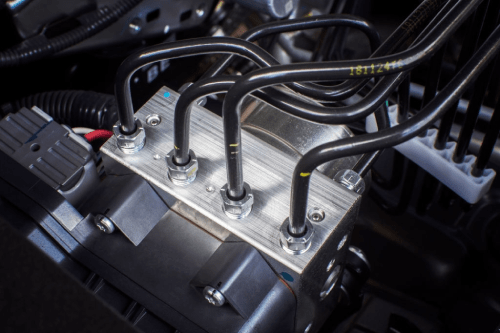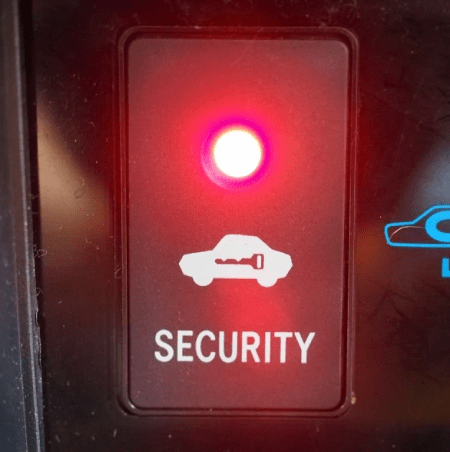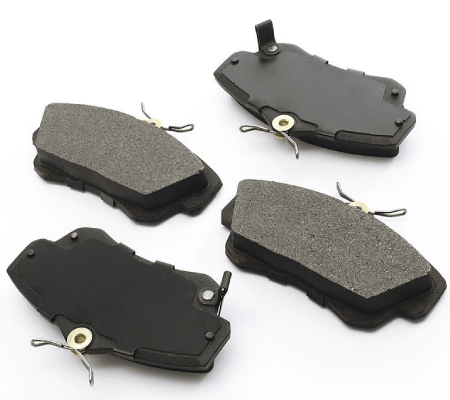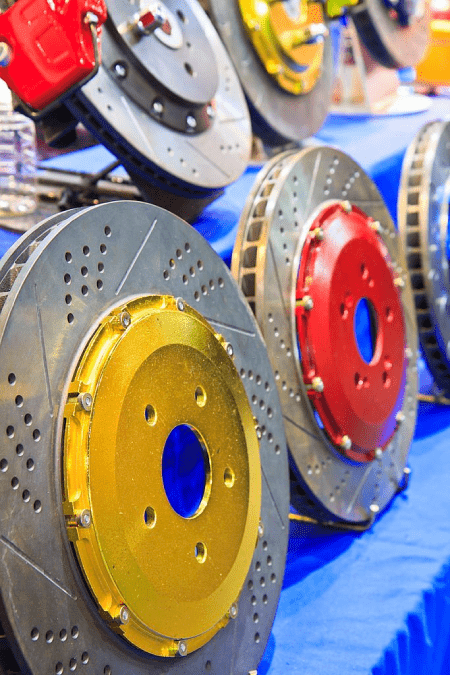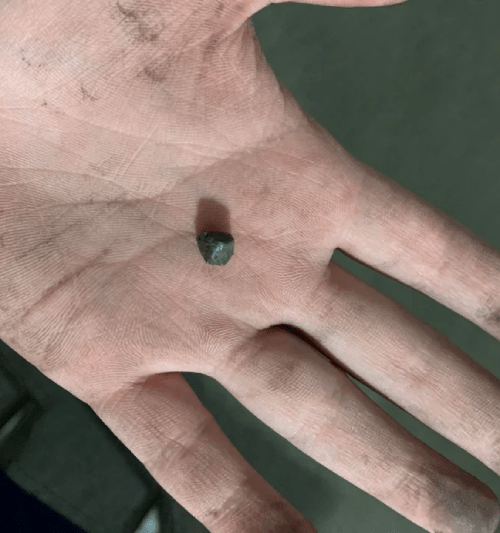Once you start noticing the spongy feeling and less effective braking whenever you hit the pedal, it may indicate that your braking system needs bleeding. The soft and spongy brake pedal may result from the air in the braking system.
However, people may experience no fluid coming out when they attempt to bleed their brakes. It can be frustrating, for sure.
What Are the Main Causes?
The main reason for which there is no brake fluid coming out when bleeding your brakes might be a blockage in the brake fluid lines, bleed screw issues, clogged calipers, or simply following the wrong procedure.
I will go through each possible cause and explain what you can do to locate the issue. I must tell you that it will take time to find the problem, so be prepared to spend a couple of hours fiddling around with the brakes and other components.
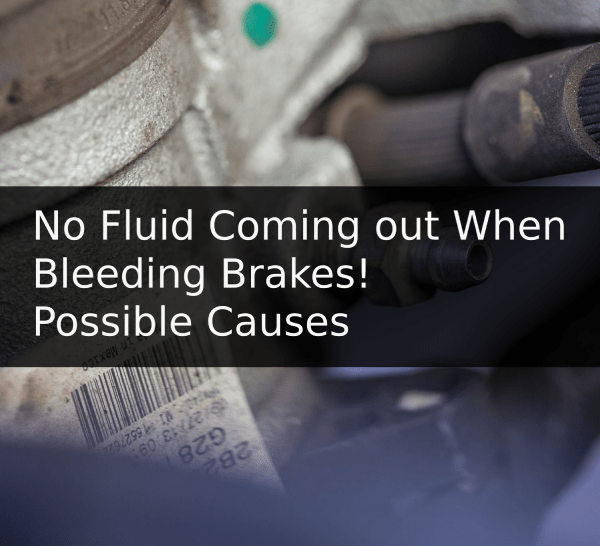
01. You Are Not Following the Correct Procedure
A significant cause of the lack of fluid when bleeding the brake is that you follow the wrong procedure. The procedure is relatively easy if it is carried out correctly.
Before you start the procedure, ensure that you have someone else, like a friend, to assist you with the process. One person could apply the brake pedal while the other is doing the brake bleeding.
Below is a step-by-step guide on how to properly bleed your brakes.
- Find the nozzle in each brake.
The first step to getting started is finding the nozzle you will use to bleed the brakes. The nozzle is called the brake bleeder screw, found behind the brakes. You can efficiently perform this procedure if you jack up the car.
You must go underneath the vehicle while lying on a platform or a blanket. If you can get a creeper, then the procedure will be more comfortable to carry out.
- Get a good wrench or socket that fits perfectly.
You will need a unique tool called a bleeder wrench, and you must ensure that the wrench fits the bleeder screw perfectly. You must be careful with this tool and ensure it does not break in the nozzle. If the wrench gets stuck, you can apply some WD40.
You will use the same wrench to tighten the bleeding screw after you finish.
- Place the flexible hose.
After you unscrew the nozzle, you will need to connect a flexible hose to the nozzle. Make sure the hose fits into the nozzle perfectly.
If you can not find one that will fit into the nozzle, you can get a jar and place it close to the nozzle. With the jar, any fluid that comes out from the nozzle will go into it.
- Slowly continuously apply the brake pedal.
Now, this is where your friend or partner will come into play. Instruct your friend to pump the brake pedal slowly.
Also, have your friend notify you anytime he presses and releases the pedal. Before doing this, ensure the wheels are correctly blocked to avoid vehicle movement.
- After pumping the pedal a few times and holding down, unscrew the bleeder
Make sure the bleeder screw is tightly closed before pumping the brakes. Once the brakes have been pumped a few times, instruct your friend to hold down the brake pedal while you open up the bleeder screw. You can adequately see the bubbles come out when you use a hose.
- Tighten the bleeder screw
While your friend still has the brake pedal pressed down, tighten the bleeder screw. Ensure that your friend still has the brake pedal pressed down while screwing tight; this will ensure that air does not get into the nozzle and brake lines.
- Repeat the Procedure
Follow the procedure on the same wheel without making any mistakes. Doing this will ensure that all the air bubbles get out.
- Add more brake fluid until it is full.
Open up the master cylinder and add more brake fluid. Ensure the fluid reaches the full line; ensuring the fluid level is at full will stop the risk of draining all the fluid from the master cylinder.
If the fluid level gets drained from the master cylinder, you will have to bleed the master cylinder. This situation could be time-wasting, and you must do so until all the air is out of the cylinder.
- Repeat the process with all the brakes
Repeat the procedure with all the wheels. It would be best if you filled the master cylinder every time you were finished with each brake.
Related content: Do you have to bleed brakes after changing pads? Answered
Blockage In Brake Fluid Lines
A blocked brake fluid line may be responsible for the lack of fluid during bleeding. The brake fluid line is a tube or pipe connecting the brake fluid system to the brake calipers.
Furthermore, the fluids are released to the brake calipers whenever you hit the brake pedal. Once the line is blocked, the brake fluid can not reach the calipers. Dirt is a significant cause of blockage in the fluid lines.
When you notice the brake line is blocked, disconnect the line on both ends and flush it using denatured alcohol.
Also, you can then use an air compressor to blow all the dirt clogging up the line. After doing this, ensure the line is completely free, and then reconnect the line.
Bleed Screw Issues
A bleed screw creates a temporary passage in the hydraulic brake system. You can close the opening with the bleed screw when you are done with the bleeding process.
The bleed screw is located behind the brake caliper at the highest point and can also easily be affected by many factors.
Corrosion and dust can make the screw hard to unscrew. Even when the screw has been removed, the nozzle could be blocked from all the rust built over time.
When unscrewing your bleed screw, spray some lubricant like WD40. After spraying, leave it for some time, then try to unscrew it. Doing this will allow you to unscrew better without breaking the screw.
You can also use an air hammer to get the stuck screw out of the nozzle. The air hammer uses a steady vibration, which helps to break and loosen open any corrosion in the screw without damaging the actual screw.
A broken bleed screw is a severe problem, and getting a new caliper may be the only option. There is no way you will be able to get the broken screw out of the nozzle without further damaging the caliper.
Related content: Can You Add Brake Fluid Without Draining Or Bleeding?
Proportioning Valve is Blocking the Fluid (if it happens only to the rear wheels)
The proportional valve makes use of fluid pressure in the braking system. When working under light braking, the valve opens up and allows the fluid to flow to the front and rear brakes.
During sudden or hard use of the brake, the proportioning valve will close up and stop the fluid from flowing to the rear brakes. The closure will not be complete but a partial one.
When your rear wheel does not bleed fluid, it could result from a bad or failing proportioning valve. A bad proportion valve will close up and not allow the fluid to flow to the rear wheel. If this is the culprit in your case, you must replace the proportioning valve. While it is not a complex task, it might be better to have a mechanic do it.
Clogged Brake Caliper
If no fluid is bleeding from one of the wheels, it could result from a clogged brake caliper. A bad sliding pin is a major cause of a clogged brake. The sliding pin is present in the caliper housing and helps push the braking pads into the rotor whenever the brake is applied.
When the brake caliper gets clogged due to the sliding pin, you need to change them immediately. The pin will not only stop the brake bleeding process but can also hinder the normal working condition of the brake. Driving the car in this condition can be dangerous.
Faulty Master Cylinder
The master cylinder is a vital component in the braking process and helps by converting the pressure created by the brake pedal to hydraulic pressure. It can do this by allowing the brake fluid to flow through to the brake circuit, which is controlled using mechanical force. Like other parts of the vehicle, the master cylinder is prone to failing.
A faulty master cylinder could cause brake fluid to leak and reduce the fluid level in the cylinder. Leaking brake fluid will also prevent the proper pressure from building up, and fluid will not be able to reach the brake caliper for bleeding.
To fix any problem with the master cylinder, you will have to replace the part. Fixing the master cylinder may not be effective enough and could cause brake fluid contamination.
Related content: Air Bubbles In Brake Fluid Reservoir! Here’s Why!
Final Thoughts
Bleeding your brakes is a way to make your brake more efficient and reliable. The problem with bleeding the brakes is that people do not do it correctly and make many mistakes in the procedure.
Missing vital steps in the bleeding procedure can hinder the brake fluid from coming out of the brake caliper. You need to follow the proper steps to guide you in carrying out the procedure.
Also, you must get the right tools while bleeding the brakes. Having the wrong tools and forcing them to work right with your brake parts could cause damage like a broken bleeding screw or slide pins.
Mark is a senior editor for Mechanic Ask, creating tech-focused articles about diagnostics, tools, and new auto servicing methods. He attends industry shows to stay current. With a mechanical engineering degree, Mark is able to translate complex technical details into explanations understandable for shop owners and technicians. His articles help shops improve processes, reduce costs, and boost productivity.

